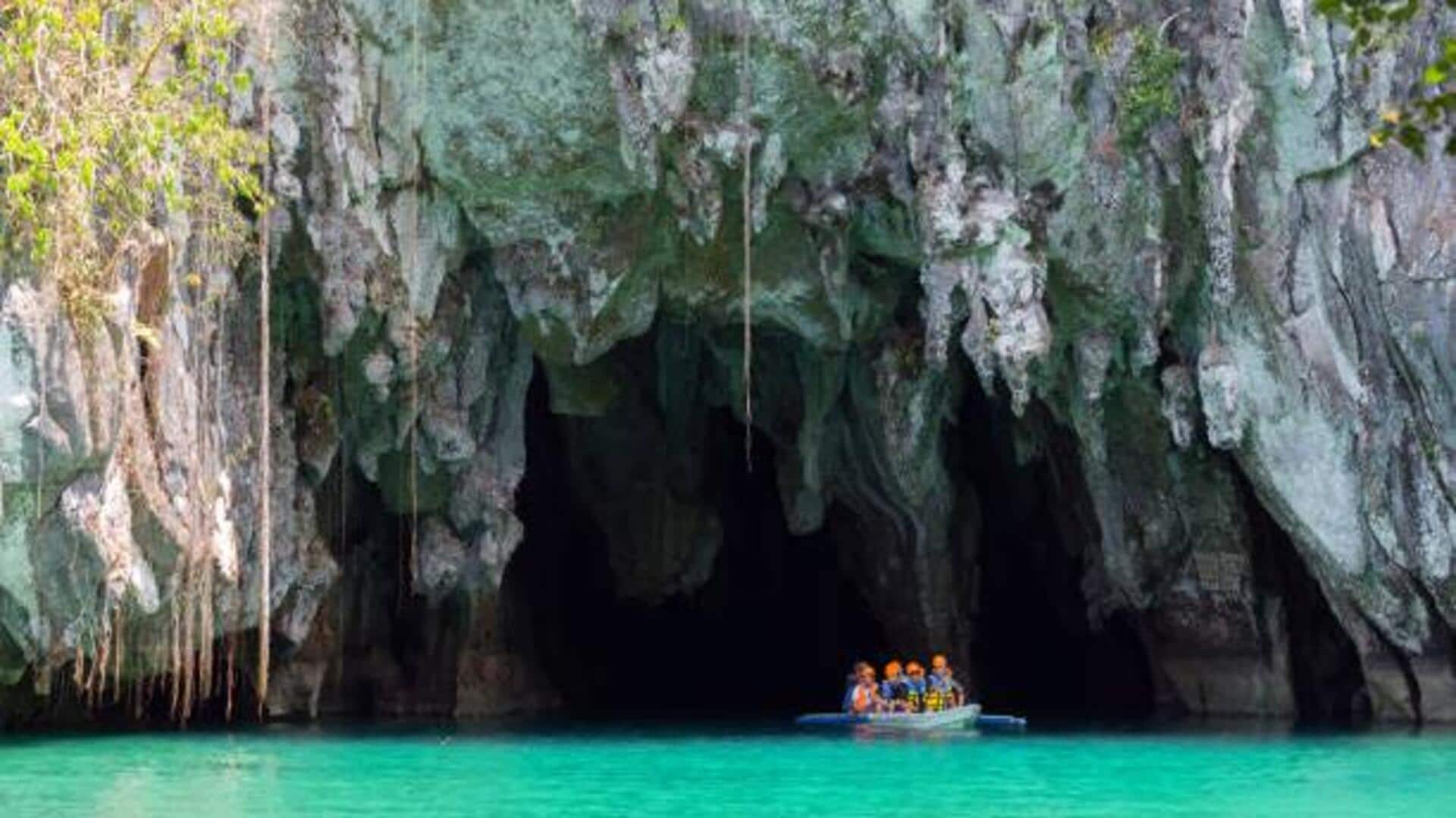
How to explore subterranean lakes
What's the story
Exploring subterranean lakes makes for an adventurous experience unlike any other, combining the thrill of discovery with nature's beauty. These hidden bodies of water, usually found in caves or underground caverns, give you a chance to witness stunning geological formations and rare ecosystems. Whether you're an experienced spelunker or a curious traveler, diving into these mysterious lakes can be challenging yet rewarding. Here are some insights to help you prepare for this extraordinary journey.
#1
Discovering hidden gems
Since subterranean lakes are usually found in secluded places, it is important to plan well and do your research before you head out for your expedition. Most of these places are protected areas because of their ecological importance, so make sure to get appropriate permissions and follow guidelines from local authorities. Discovering these hidden gems can take you to untouched natural beauty few have seen.
#2
Essential gear for exploration
Proper gear is critical when exploring subterranean lakes. A reliable wetsuit or drysuit is a must to protect against cold temperatures commonly found in underground environments. Also, waterproof lighting equipment is a must as these areas are usually devoid of natural light. Safety gear like helmets and harnesses may also be required depending on the terrain.
#3
Understanding cave ecosystems
Subterranean lakes are home to unique ecosystems that thrive in darkness and isolation. These environments often host rare species adapted to life without sunlight, such as blind fish or specialized microorganisms. Understanding the delicate balance within these ecosystems is vital; visitors should take care not to disturb wildlife or alter habitats during their exploration.
Tip 1
Navigating challenges safely
Exploring subterranean lakes poses several challenges such as limited visibility, narrow passages, and unpredictable conditions, such as sudden changes in water levels. It is advisable to undertake such adventures with experienced guides who know the intricacies involved in safely navigating these areas, while causing minimal impact on the fragile ecosystem.